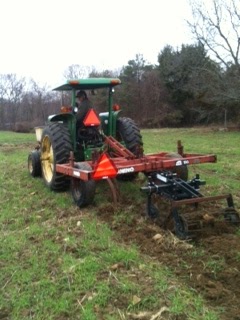APPLE FESTIVAL ACTIVITIES!
September 15th, 2013 - Fun Run, 5K, Contests, Kids Games, Cider Donuts, Wagon Rides, Apple Picking, Lots Of Fun!
Click on Image to View Details
Beyond the barn and through the fields, on tractors we go.
 The weather is here and it's time to enjoy it! We know that a lot of you, like us, look forward to getting out to plant new, colorful life in your yards and gardens. Before you get going, here are a few gardening tips that we've learned along the way. If you have additional tips to add or questions to ask, please do so in the comment form below, we'd love to hear from you!
The weather is here and it's time to enjoy it! We know that a lot of you, like us, look forward to getting out to plant new, colorful life in your yards and gardens. Before you get going, here are a few gardening tips that we've learned along the way. If you have additional tips to add or questions to ask, please do so in the comment form below, we'd love to hear from you! |
| Justin Scott Delivering Wood |
 |
| How many can you fit in a 4240? |
 Tom's crew spent yesterday planting cole crops such as cabbage, broccoli, cauliflower, and kale along with beets, swiss chard both red and green as well as assorted lettuce varieties. In the past we have always laid black plastic on the prepared field and then transplanted into the plastic, but there has been some concern that the black plastic creates too much heat from the sun and bakes the plants. This year Tom is trying an experiment. He laid the black plastic to suppress the growth of weeds, then laid a layer of white plastic over the black to protect the plants from overheating. The plants were then planted through small holes into the two layers by hand.
Tom's crew spent yesterday planting cole crops such as cabbage, broccoli, cauliflower, and kale along with beets, swiss chard both red and green as well as assorted lettuce varieties. In the past we have always laid black plastic on the prepared field and then transplanted into the plastic, but there has been some concern that the black plastic creates too much heat from the sun and bakes the plants. This year Tom is trying an experiment. He laid the black plastic to suppress the growth of weeds, then laid a layer of white plastic over the black to protect the plants from overheating. The plants were then planted through small holes into the two layers by hand.